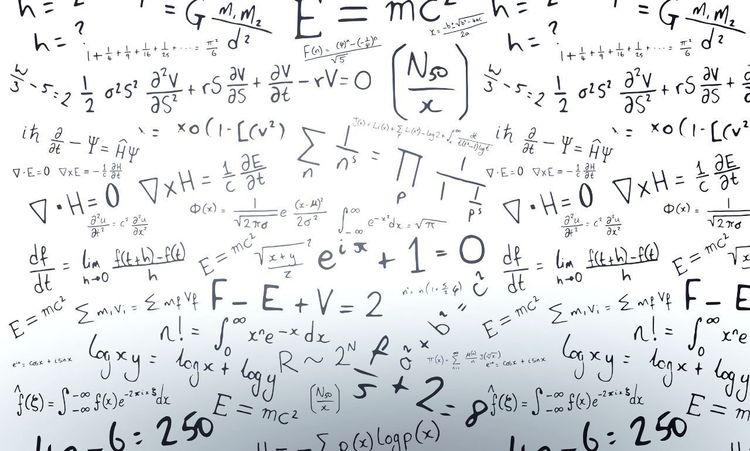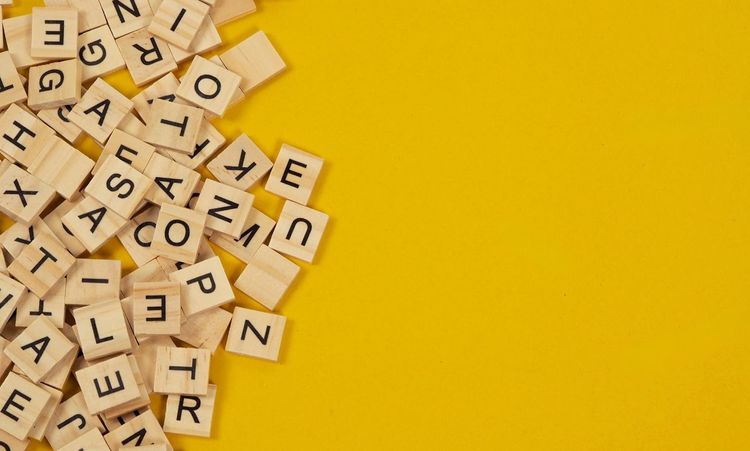What Are The Top Tips For Teaching 3rd Grade Math In Your Homeschool?
Teaching math to your 3rd grader at home can feel daunting. You may worry about covering all the necessary concepts, keeping your child engaged, or knowing where to start. I've been there, too. After helping thousands of homeschool parents over the years, I've gathered some game-changing strategies that make teaching 3rd-grade math manageable and enjoyable. In this article, I'll share nine practical tips that have helped countless homeschool families transform their math lessons.
Use a Whiteboard
Adding a whiteboard to your homeschool space can revolutionize your math teaching. Trust me on this one—I resisted buying one for years, thinking it was an unnecessary expense. Now I can't imagine teaching math without it. The visual nature of a whiteboard makes abstract concepts suddenly click for many kids. My son struggled with place value until we started working problems together on our whiteboard, and the transformation was almost immediate. Whiteboards give you plenty of space to work through problems step by step, which is crucial for 3rd grade math, where multi-step issues become more common. The temporary nature of whiteboard work also reduces anxiety for many kids. They know mistakes can be easily erased and redone, making them more willing to take risks. My daughter, who used to freeze up when working in her math notebook, became much more confident when we switched to whiteboard practice for new concepts. Consider getting a medium-sized board you can hang on the wall or prop on an easel, plus a smaller individual board your child can use for practice. The investment is minimal, but the impact on your math lessons will be substantial.
Teach Precision and Attention to Detail
The problems become more complex, and small mistakes can lead to incorrect answers. This is the perfect time to gently emphasize precision without creating anxiety. My approach? Make it a game. We call it "Math Detective," where we hunt for tiny details that might trip us up. For example, when my son first encountered word problems with multiple steps, he would rush through and miss key information. We started circling significant numbers and underlining what the problem was asking. His accuracy improved dramatically. Another trick is having your child explain their reasoning out loud. This slows down the process and helps catch errors before they happen. Remember that teaching precision isn't about perfection but developing good habits. When my daughter makes a calculation error, we don't treat it as a failure. Instead, we see it as an opportunity to check our work carefully. This approach has built both attention to detail and resilience.
Do Math Together
One of my biggest mistakes early in our homeschooling journey was treating math as independent work. I'd explain a concept, assign problems, and then walk away to fold laundry or prep lunch. When I returned, my frustrated child would stare at a mostly blank page. Sound familiar? Doing math together was the game-changer for us. Sitting side by side creates opportunities for meaningful learning conversations. You'll notice where your child gets stuck and can provide immediate guidance. Your presence communicates something powerful: Math is worth your time and attention. This doesn't mean hovering or doing the work for them. My approach evolved to what I call "graduated presence." We work together on problems for new concepts, thinking aloud through each step. As confidence builds, I might work nearby, be available for questions, but give more independence. The key is being responsive to your child's needs that day, which you can only gauge by being present.
Keep a Stock of Graph Paper
Graph paper might seem like a minor supply, but it's been a sanity-saver in our homeschool. Third-grade math introduces concepts like multi-digit multiplication and division, where keeping numbers aligned becomes crucial. The grid structure of graph paper helps with this alignment naturally, preventing those frustrating computational errors that happen when numbers shift out of place. Beyond basic computation, graph paper supports other 3rd grade math concepts beautifully. When exploring area and perimeter, the squares provide a visual reference. For fractions, your child can shade boxes to represent different parts of a whole. Even basic graphing activities become more intuitive with the grid as a guide. Having different sizes of graph paper is helpful. Standard quarter-inch squares work well for most activities, but larger grids can be easier for children still developing fine motor skills. A simple three-hole punch lets you add graph paper to your math binder for easy access whenever needed.
Make Anchor-Charts
When I first heard about anchor charts, I dismissed them as unnecessary extra work. Was I ever wrong! These visual reference tools have become cornerstones of our homeschool math program. Unlike worksheets that get completed and filed away, anchor charts stay visible, reinforcing key concepts daily. Creating an anchor chart doesn't require artistic talent—just a poster board and some markers. When we learned multiplication strategies, we made a chart showing different approaches: repeated addition, arrays, and the distribution property. Whenever my son got stuck, he'd glance at the chart and find the strategy that made sense. The physical act of making the chart together also reinforced the learning. Rotate your anchor charts based on current focus areas. We keep ours on a small bulletin board in our learning space. If wall space is limited, consider photographing your charts and holding a binder of printed versions nearby. The key is making important information visually accessible during your math work time.
Make it Positive
Let's be honest—many of us carry math baggage from our school days. Maybe you struggled with certain concepts or were made to feel you weren't a "math person." Breaking this negative cycle is one of the most valuable gifts you can give your child. Your attitude toward math will significantly influence theirs. Creating a positive math environment doesn't mean pretending everything is easy. Instead, it means approaching challenges with curiosity rather than dread. When my daughter gets frustrated with a concept, I might say, "This is tricky! Let's figure it out together." This simple reframing acknowledges the difficulty while maintaining confidence that we can overcome it. Catch yourself if you say things like "I was never good at math" or "Math just isn't your thing." These seemingly innocent comments can become self-fulfilling prophecies. Instead, emphasize growth with comments like, "You're building your math muscles" or "I love how you kept trying different approaches."
Use Hands-on Manipulatives
Manipulatives bridge the gap between concrete and abstract thinking, which is especially important in the 3rd grade as concepts become more complex. You don't need expensive specialty items to get started. We use dried beans for counting, popsicle sticks bundled in groups of ten for place value, and a measuring cup set for fractions. Playing cards are perfect for multiplication practice, and a simple deck of cards has launched countless math games in our home. That said, some purpose-made manipulatives are worth the investment. Base-ten blocks have been invaluable for understanding place value. A good set of fraction tiles helped my visual learner grasp equivalent fractions in ways that drawings couldn't. Consider starting with household items and gradually adding purpose-made manipulatives as your budget allows.
Have Fun with Memorization
Third grade typically includes memorizing multiplication facts—a task that can feel tedious but pays dividends in future math work. The secret to making this painless? Turn it into a game. We created "Multiplication Mountain," where each successfully memorized fact family meant advancing to the next level on our hand-drawn mountain. My competitive son was determined to reach the summit before the end of the school year. Short, frequent practice sessions work better than marathon drilling. We did "mad minutes" with a timer, trying to beat previous records. Card games like "Multiplication War" made practice feel like play. We even recorded silly songs for tricky fact families—the more ridiculous, the more memorable. Remember that understanding must come before memorization. Use manipulatives to ensure your child grasps what multiplication means before focusing on speed. Then make memorization a challenge to be conquered rather than a chore to be endured.
What Should a 3rd grader Know in Math?
By the end of third grade, your child should be comfortable with several key math concepts. They should understand how to place value on the thousands, add and subtract within 1,000, and know their multiplication and division facts through 10. Fractions become more prominent in the 3rd grade, including comparing and finding equivalent fractions. Measurement expands to include liquid volume, mass, and elapsed time. Your 3rd grader will work with various graphs and solve one- and two-step word problems. Geometry concepts include area, perimeter, and categorizing shapes based on their attributes. Don't panic if your child hasn't mastered every concept by year's end. Math learning isn't perfectly linear, and concepts will be revisited in future grades. Focus on a solid understanding of foundational concepts rather than rushing through curriculum pages.
Conclusion
Teaching 3rd-grade math in your homeschool doesn't require an education degree—just some practical strategies and a positive attitude. By incorporating tools like whiteboards and graph paper, emphasizing precision, learning together, creating visual references, maintaining positivity, using manipulatives, and making memorization enjoyable, you'll set the stage for math success. Remember that your relationship with your child is your greatest teaching asset. The trust and connection you've built allow you to tailor instruction to their unique needs, something no classroom teacher can match. Be patient with yourself and your child as you navigate this critical year of mathematical growth.



